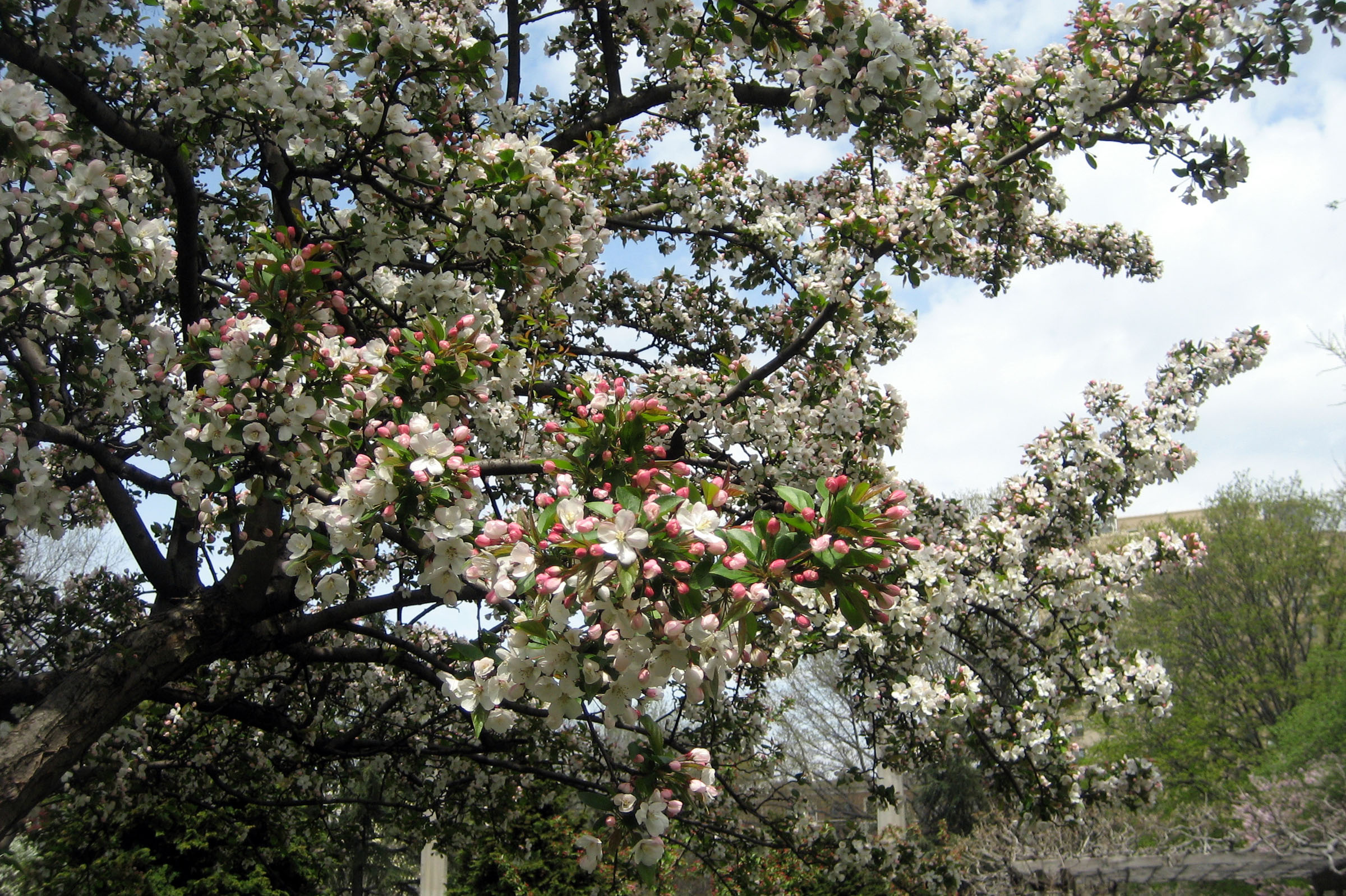NOTE: This story was originally published April 1, 2016.
It can sometimes be difficult to get a handle on just how fast the climate is changing. But watching the patterns of nature—and how they change over time—can reveal a lot. Dan Herms is someone who’s keenly tuned into issues like this. As an entomologist at Ohio State University, he has been watching how the changing climate is affecting the emergence of insects. Recently, Kara Holsopple talked with Herms about that and how the study of recurring patterns in nature—a science known as phenology—can help us track climate change.
AF: So can you give us a quick ‘Phenology 101?’
Dan Herms: Phenology is the study of recurring biological events—like when things flower, migration times of animals, breeding times, when insects emerge. It’s been called the oldest science because the existence of humans, of course, is very tightly linked to phenology: planting seasons, birthing seasons of animals. It goes back eons.
AF: And in your research, you use it as a predictor for when certain insects may be visiting our area.
DH: The development time of insects is completely dependent on temperature. So they develop faster in warm springs and summers, and slower in cool springs. Insects are basically a mobile weather station. And if you track the weather, you can predict very accurately when certain insects will appear.
LISTEN: “Using Phenology to Track Climate Change”
AF: So what are some of the ways that a changing climate can affect plant and insect phenology?
DH: As the climate warms and as the springs warm, plants and insects develop faster and emerge sooner. For example, we have a spectacular crabapple display here on campus. And it was always said that Mother’s Day weekend was the time to come and see the crabapples bloom. Well, now the crabapples generally bloom a couple weeks before Mother’s Day, and we tell people to come the last week of April.
Another change is in the distribution of insects. So as the temperature gets warmer, insects that formerly could not survive in a particular area because it was too cold are moving into that area. And there has been documented “phenological asynchrony.” One example would be bird migrations. So as birds come back, they’re not responding to the climate here; they’re responding to cues in their overwintering ground. And when they get here, they can find that the insects that they’re used to feeding on have already completed development. And in some arctic birds, it’s already been shown that their breeding has been disrupted because of this kind of phenological mismatch between their migration time and the abundance of their food.
AF: And what’s the biggest change you’ve seen?
DH: I would say just the general change of how much earlier things are. For example, in Michigan, it used to be by Halloween, all the leaves were down. Now by Thanksgiving, the oak leaves still aren’t down. So the change has been pretty dramatic if you pay attention. The thing is, organisms and humans tend to be adapted to the climate that they have experienced over the long term. And when that changes, it’s going to require that organisms—including us humans—adapt to the new reality.
###
This story is part of our partnership with iSeeChange—an online almanac of weather and climate where people post photos, observations and questions about what they notice outside. If you’re seeing things out there that surprise you, post them to iSeeChange.org. We’ll help you dig up some answers.


